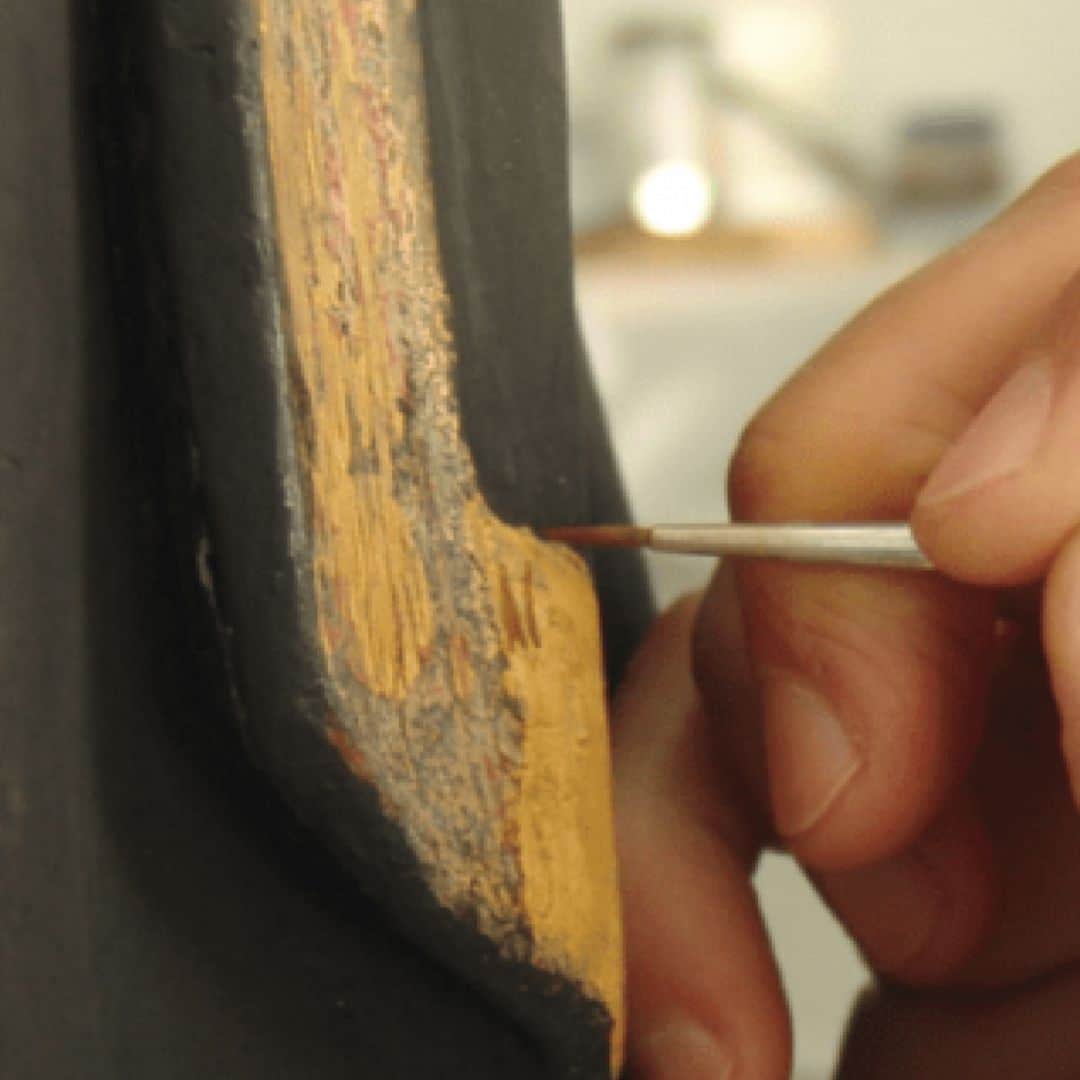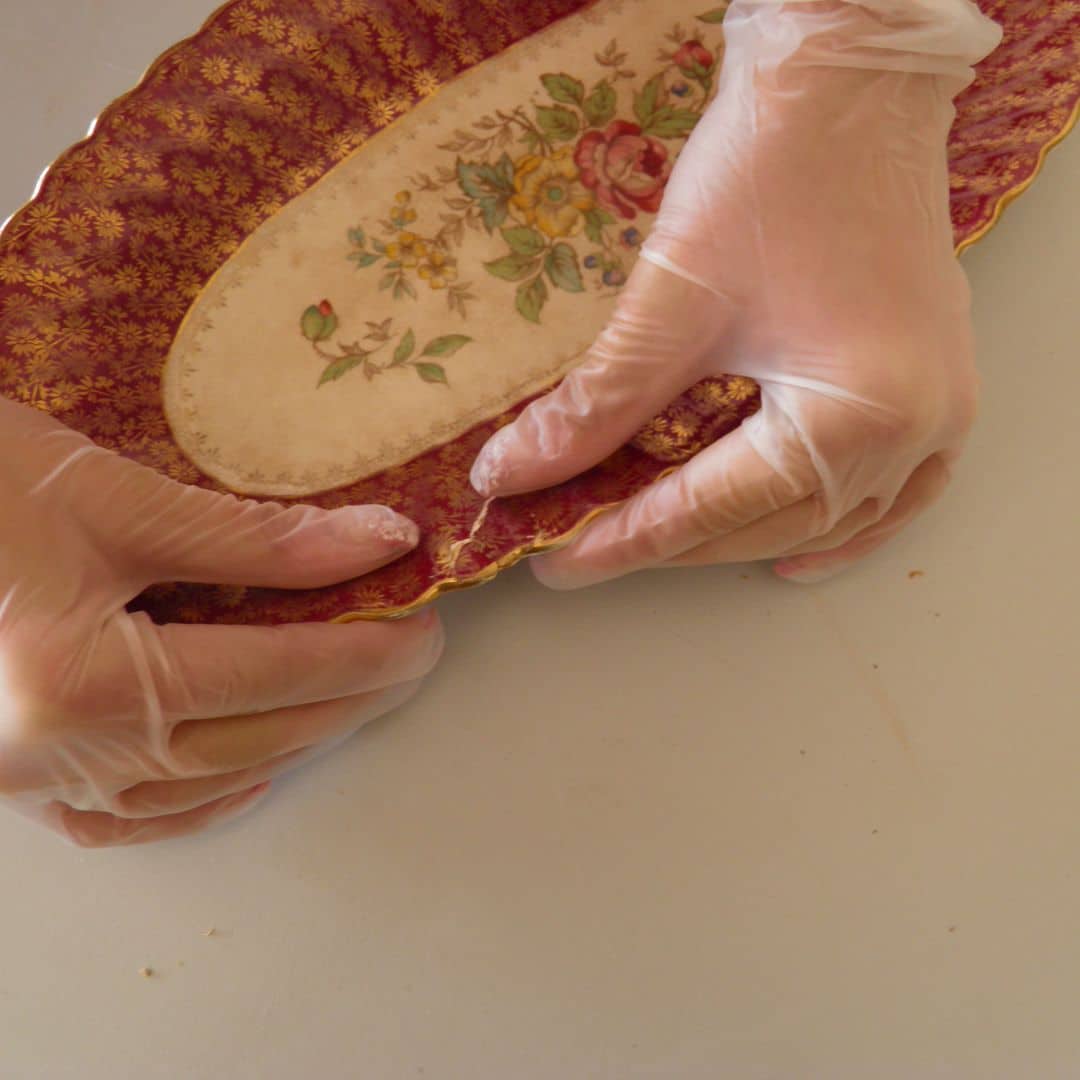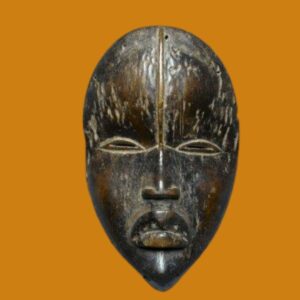In this article, find out what was responsible for the development of cities in the Middle Ages and the structure of medieval urban centers.
By: Diana Carvalho
Cover image: Current photograph of the city of Ávila, Spain.

the development of local exchanges and the origin of cities in the middle ages
 Although the most important part of the commerce of the high middle ages was related to the churches and the courts of the princes, it was the local goods transactions that were responsible for the development of the cities.
Although the most important part of the commerce of the high middle ages was related to the churches and the courts of the princes, it was the local goods transactions that were responsible for the development of the cities.
The satisfaction of the needs of customers and merchants of the various social conditions depended on them.
With the exception of Rome, the cities of the 11th century, were “pre-urban centers”, that is, centers of non-differentiated commerce, arranged around a main street, or river, portus.
Many developed in the outer suburbs of fortifications, such as bishoprics or monasteries, others, such as Dorestade and Quentovic, were open and without fortifications.
Although there is some industry associated with these centers, developed with the purpose of responding to commercial activities, the products were essentially manufactured in rural villages.
These nuclei had an essentially distributive function, which implied a constant mobility of merchants.
Urban outlines
The urban routes underwent profound changes, becoming irregular, which manifested a need for organization different from the Roman one.
For this reason, the term civitas underwent a significant change in the early Middle Ages, meaning the area within the limits of the walls, where the bishop exercised secular control.
The rapidly growing populations were not normally called civitates, with the exception of the headquarters of bishoprics.
bishoprics and abbeys and the development of cities in the Middle Ages
 Gregório de Tours’s “History of the Franks” suggests that the increase in power of bishoprics in the 6th century resulted in a dependence on long-distance commerce, from which luxury goods came, however, civitates also lacked goods of utilities consumption.
Gregório de Tours’s “History of the Franks” suggests that the increase in power of bishoprics in the 6th century resulted in a dependence on long-distance commerce, from which luxury goods came, however, civitates also lacked goods of utilities consumption.
Tours was an exemplary city of a population dependent on merchants, which during the famine of 585, allowed them to speculate and to hoard.
The fact that the abbeys and churches received payments in kind for the lease of their properties, which exceeded their needs, led these products to circulate in local businesses, in areas controlled by the church.
Everything was profits for the clergy. Even in 744, Pepino insisted that each diocese ensure a market and that prices and measures were in accordance with the volume of crops.
This unequal distribution of wealth and resources led, in 830, a writer to complain that boats were going down the Rhine heavy with grain while farmers starved to death on the banks of the river.
In Great Britain
In Britain, continental trade was primarily responsible for the development of cities, of which Hamwih, in Wessex, a market that served mainly the aristocracy, is a good example. It was the largest Saxon city, occupying an area of 30 hectares, in a grid structure. It received goods imported from France, the Netherlands, and northern Germany, with iron, bronze, lead, silver, ceramics, wood and bone and ivory industries.
In Italy
In Italy and the Frankish kingdom, the populations that gave rise to large cities came together mainly next to important fortifications and abbeys, tending to stretch towards the place from which they received commercial products and food supplies.
An example of this case is Huy, in the east of the Netherlands, where people favored their development around the small watercourses or roads that connected to the interior.
Circumstance that remained until the cities around the great rivers began to develop industries capable of exporting in large quantities, especially in the 11th and 12th centuries.
The origin of cities in the Middle Ages
In this way, the pre-urban nuclei originated in agricultural markets and in distribution centers, between areas that had surpluses and shortages of food, or other raw materials, such as leather, or labor.
They were organic and expanded gradually, without planning.
In general terms, the cities of the European continent, developed around a public building or the ruin of a wall, elements that served as base and source for the urban structures that were beginning to expand.
The exceptional case of Italy, shows that the growth of cities was made with Muslims.
In England, although the kings’ intention to found cities was to create strategically defensible locations, it also became increasingly convenient to concentrate commercial and industrial activities there, requiring that large transactions be authorized by a royal port broker.
The development of mercantile activity in cities in the middle ages
With the development of urbanization, permits for markets in cities appeared.
The commerce of these cities then begins to adopt specific guidelines, according to interests and needs.
For example, Germania’s trade was moving south and east, so much so that King Otho established a market in the city of Magdeburg for Jews to manage trade, which became the first incentive for the Jewish people after they came to spread across France and northern Europe, around the year 1000.
NICHOLAS, D. (1999). Transformações na Terra. In A Evolução do Mundo Medieval. Sociedade, governo e pensamento na Europa: 312-1500. Lisboa, Publicações Europa-América.













